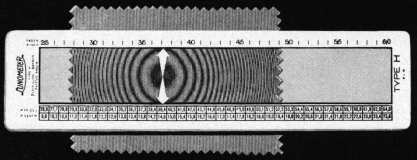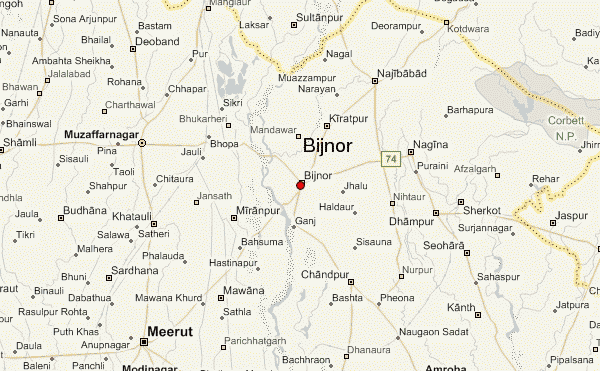Chiffon
Chiffon Fabric is a lightweight, sheer and plain woven fabric.It is a textile made from silk, cotton, nylon, polyester, or rayon.This fabric can be difficult to work with because of its light and slippery textures. Due to this delicate nature, chiffon must be hand washed very gently. This fabric is a good choice for manufacturing blouses,dupattas and various types of ladies dresses. It is also used for making bridal gowns,scarves and evening and formal wears.
Polyester Chiffon
It is available in the GSMs of 35, 40, 50, 60 and 70 with widths of 42", 44" and 56"
A typical polyester chiffon has the following specifications: 30D/14/2000 Flat S+Z - 30D/14/3200 Flat `s` 88/80
Nylon Chiffon
This can be hand dyed and dip dyed which can give unique coloring effects. It is available in 30, 35 and 40 GSM and in widths of 36", 38", 40", 42" and 44"
Cationic Chiffon
Cationic Chiffon is a polyester fabric woven with 2 colors of thread. The different colored thread in the weave of the fabric provides an elegant iridescent quality giving this chiffon greater depth of color and character over the regular polyester chiffon.
Cationic is a type of dye used on acrylic or on modified polyester or modified nylon yarn. It is often used to achieve cross dyed effects. Cationic dyeable yarn is woven in a pattern with regular yarn in the same fabric. The pattern becomes visible by dyeing the fabric in 2 baths, one for each of the types of yarn.
Cationic is a type of dye used on acrylic or on modified polyester or modified nylon yarn. It is often used to achieve cross dyed effects. Cationic dyeable yarn is woven in a pattern with regular yarn in the same fabric. The pattern becomes visible by dyeing the fabric in 2 baths, one for each of the types of yarn.
Silver Chiffon
A typical silver chiffon fabric has the following specifications:
It has 100% polyester, with 30D x 30D with a pick density of 177 x 109 and with a weight of 53 GSM.
Viscose Chiffon
It is composed of 100% viscose. It can be hand dyed and dip dyed. It has extra smoothness, comfort and delicacy because of viscose. It is available in 30, 35 and 40 GSM with widths of 40 and 42 inches. Also known as Japan. A typical fabric has the following configurations.
Here is a video that depicts how to illustrate Chiffon and other sheer fabrics, enjoy !!
Thanks for your attention. Did you find the information you were looking for ? Please leave a comment. Do you need to know more ? Please suggest a topic in the comments. You can also join the Forum for your specific queries.














